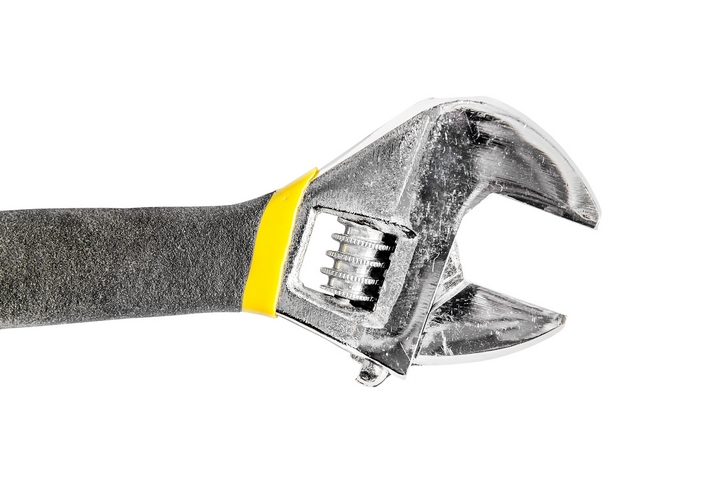
If you’re buying a used car or just curious about your existing car, then you can learn a lot from your vehicle identification number. VINs provide you with essential details about your car that help mechanics make repairs and protect your investment when buying a used car.
This blog post takes an in-depth look at all the information you can learn from your car’s VIN.
1. What Is A VIN?

Vehicle identifications numbers (VIN) are a unique code assigned to specific cars. Vehicle identification numbers were used as early as 1954 in the United States. By 1981, VINs were becoming disorganized and out of control. The National Highway Traffic Safety Administration standardized the format for all VINs to follow and has remained the standard since 1981.
In the years prior, manufacturers would create their own VINs which created a lot of overlap and confusion. Since the standardization in 1981, VINs have become a verified source for accurate information on a specific car.
2. Where Can You Find Your VIN?

There are multiple ways to get the vehicle identification number for your car. Here are the five most common places:
- A plaque on your windshield
- In front of the engine block
- A sticker inside the driver side doorjamb
- Possibly inscribed under the spare tire that comes with your car
- Above the tire in the rear wheel well
If you’re still unable to find your VIN in any of the five above places, you can also dive into your insurance files. Your VIN should be on your insurance forms, car registration, and title.
3. What Do The Numbers Represent?

Vehicle identification numbers represent an easy way to exchange information about specific cars; however, the 17-digit code itself doesn’t mean much to anyone. Instead, the VIN decode is broken up into sequences that describe different aspects of your car. Here’s how vehicle identification numbers are broken down:
4. First Three Characters:

The first three numbers in your VIN refer to the world manufacturer identifier. There’s a widely used world manufacturer identifier to reveal which country your car came from which you can find here. The initial digit indicates the country and the second and third characters indicate the manufacturer. If you’re VIN starts with 5GE then you have a Chevrolet manufactured in the United States.
5. Next Four Characters:

The next four characters are known as the Vehicle Descriptor Section. These numbers tell you about your transmission, body and engine type and your car’s safety features. These digits are usually used as a reference for mechanics working on your car. This information allows the mechanic to use the right parts and troubleshoot in a way specific to your car.
6. 9th Digit

The 9th digit in your VIN is used to verify the legitimacy of the vehicle identification number. The Department of Transportation uses a complex mathematical equation, which in turn allows for the 9th digit of VIN’s to be used as a way to flag fraudulent numbers. If your ninth digit doesn’t match the database, something suspicious is probably happening.
7. 10th Digit

The 10th digit or character tells you about the model year. Cars built from 1980-2000 usually use a letter from A -Y. Cars made between 2001-2009 use numbers from 0-9. Since 2010, many vehicle manufacturers decided to reset the lettering system for the new decade.
8. 11th Digit

11th digit refers to the manufacturing plant and is unique to each company. In order to decipher this character, you’ll have to do a manufacturer specific search.
9. Characters 12-17

The last five characters let you know where and when your car came off the assembly. This information is usually used to verify the authenticity of limited edition and vintage vehicles.









